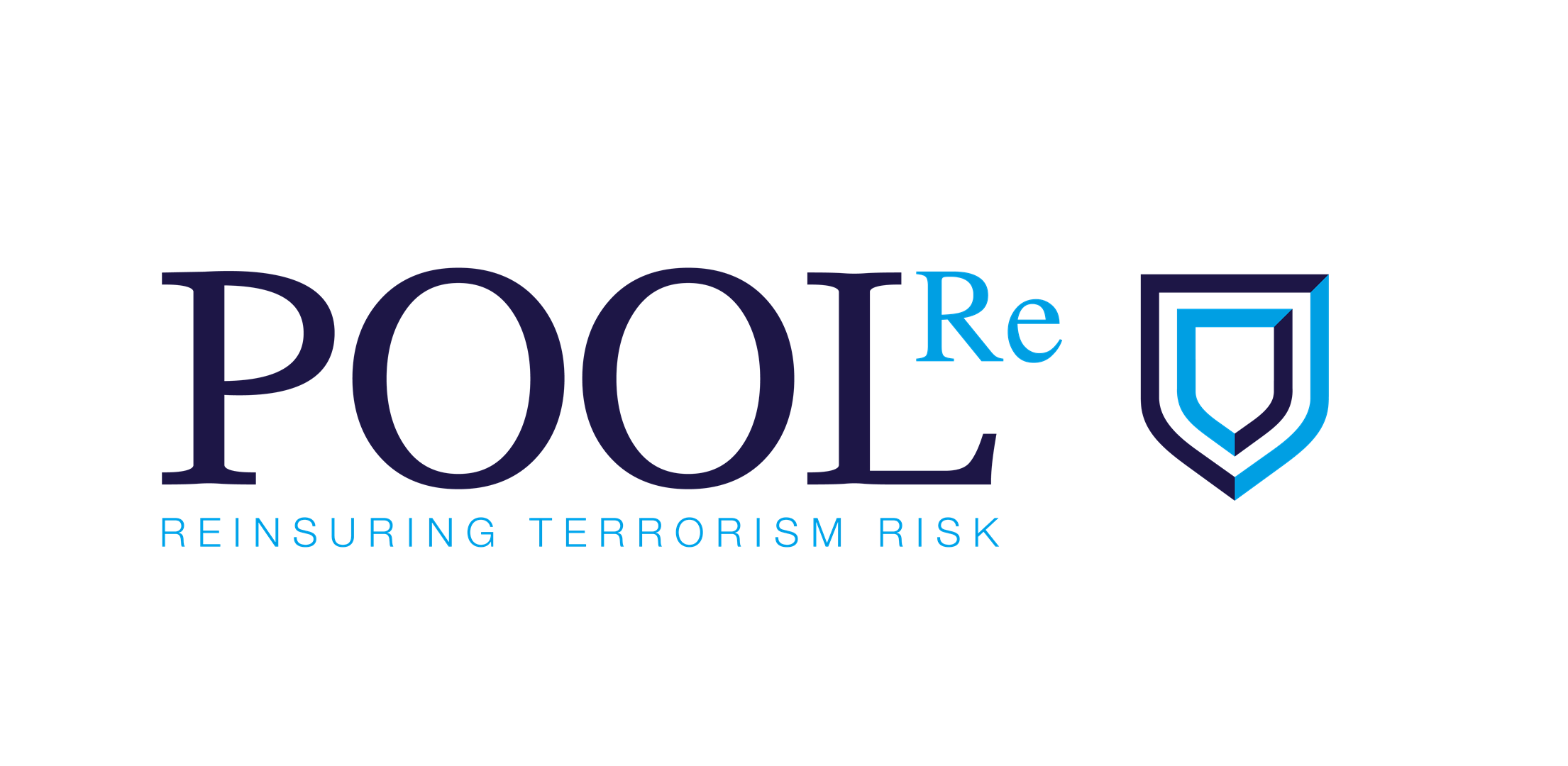Author: Oliver Hair ASyI,
Threat Analyst
Read Time: 3 minutes
On 14 June 2024, Mason Reynolds, 19, of Brighton, was sentenced to eight years’ imprisonment for offences including possessing plans for carrying out an attack on a synagogue near Brighton {1}. Reynolds possessed a note detailing a plan to attack the synagogue, including information about entrances and exits of the synagogue, security mitigations in place, as well as key Jewish holidays.
Content found on Reynolds’ phone revealed that he adhered to an Extreme Right-Wing ideology and possessed copies of the Mujahideen’s Explosives Handbook, the Terrorist’s Handbook, and the Anarchist Cookbook {2}. In June 2023, Reynolds reportedly told a fellow Telegram user that he wanted to “strap multiple pipe ” to his chest and detonate the device in the synagogue {3}.
Reynolds was also one of two administrators for the “Far-Right Sigmas” Telegram channel, a neo-Nazi propaganda channel with approximately 350 subscribers. The channel glorifies Nazis, Extreme Right-Wing terrorists, and promotes the view that societal problems are the fault of Jewish people {4}.
Event Assessment
- It is almost certain that Extreme Right-Wing terrorism will continue to emerge as a significant terrorism threat in the UK in the long term.
- It is highly likely that any Extreme Right-Wing terrorist attack would target sites and individuals associated with the UK government, online and traditional media companies, and minority groups with protected characteristics. E.g., LGBTQIA+, migrant communities, religious minorities, and more.
- Reynolds’ role as an administrator for the “Far-Right Sigmas” Telegram channel, as well as the decentralised nature of the platform, demonstrate that it is highly likely that the Extreme Right-Wing terrorism threat has continued to evolve away from structured groups, such as the proscribed organisation National Action, to a more disparate online threat.
- It is likely that the threat posed to members of the Jewish community in the UK has increased as a result of the ongoing Israel-Hamas conflict. Reports of antisemitic incidents in the UK reached a record high in 2023. The Community Security Trust (CST) recorded reports of 4,103 anti-Jewish hate incidents in 2023, compared to 1,662 in 2022. Two-thirds of incidents happened after the 07 October attacks on Israel. It is likely that the threat posed to members of the Jewish community will remain heightened in at least the short term.
- It is highly likely that any terrorist attack conducted against the Jewish community in the UK at this time would be conducted by an individual inspired by an Extreme Right-Wing or Islamist ideology due to the ideologically driven intent to conduct attacks against members of the Jewish community.
- It is almost certain that terrorist actors would have the intent to conduct an attack against synagogues in the UK, as highly visible and publicly accessible symbols of the Jewish faith. For further assessment on the threat posed to synagogues in the UK, see Pool Re’s Sector Threat Assessment here.
- Although open-source reporting does not suggest that Reynolds took any steps to construct a device, there is a realistic possibility that individuals in the UK could have the capability to conduct high-sophistication attacks at this time. E.g., Person-Borne Improvised Explosive Device (PBIED), or Firearms attack.
- However, it is highly likely that any terrorist attack conducted in the UK at this time would be conducted by an individual or small cell using a low-sophistication methodology. E.g., Bladed or Blunt Force Weapons, Vehicle as a Weapon, Fire as a Weapon given the low level of expertise and resources necessary to conduct such an attack.
Intelligence Cut-Off Date: 17 June 2024
PHIA Scale
The “Probability Yardstick” (below) is a standardised instrument used to provide professional intelligence assessments. Judgements made using the yardstick are relative and reflect the analyst’s confidence in their findings and assessments.

-
- Almost Certain: An event is assessed to have a greater than 90% chance of occurring.
- Highly Likely: An event is assessed to have a 76% to 90% chance of occurring.
- Likely: An event is assessed to have a 55% to 75% chance of occurring.
- Realistic Possibility: An event is assessed to have a 40% to 54% chance of occurring.
- Unlikely: An event is assessed to have a 25% to 39% chance of occurring.
- Highly Unlikely: An event is assessed to have an 10% to 24% chance of occurring.
- Remote Chance: An event is assessed to have a less than 10% chance of occurring.
Time Spans
-
- Short Term: 0 – 6 Months.
- In the next 12 months.
- Medium Term: 12 months – 5 Years.
- Long Term: 5+ Years.
Author: Oliver Hair ASyI,
Threat Analyst

